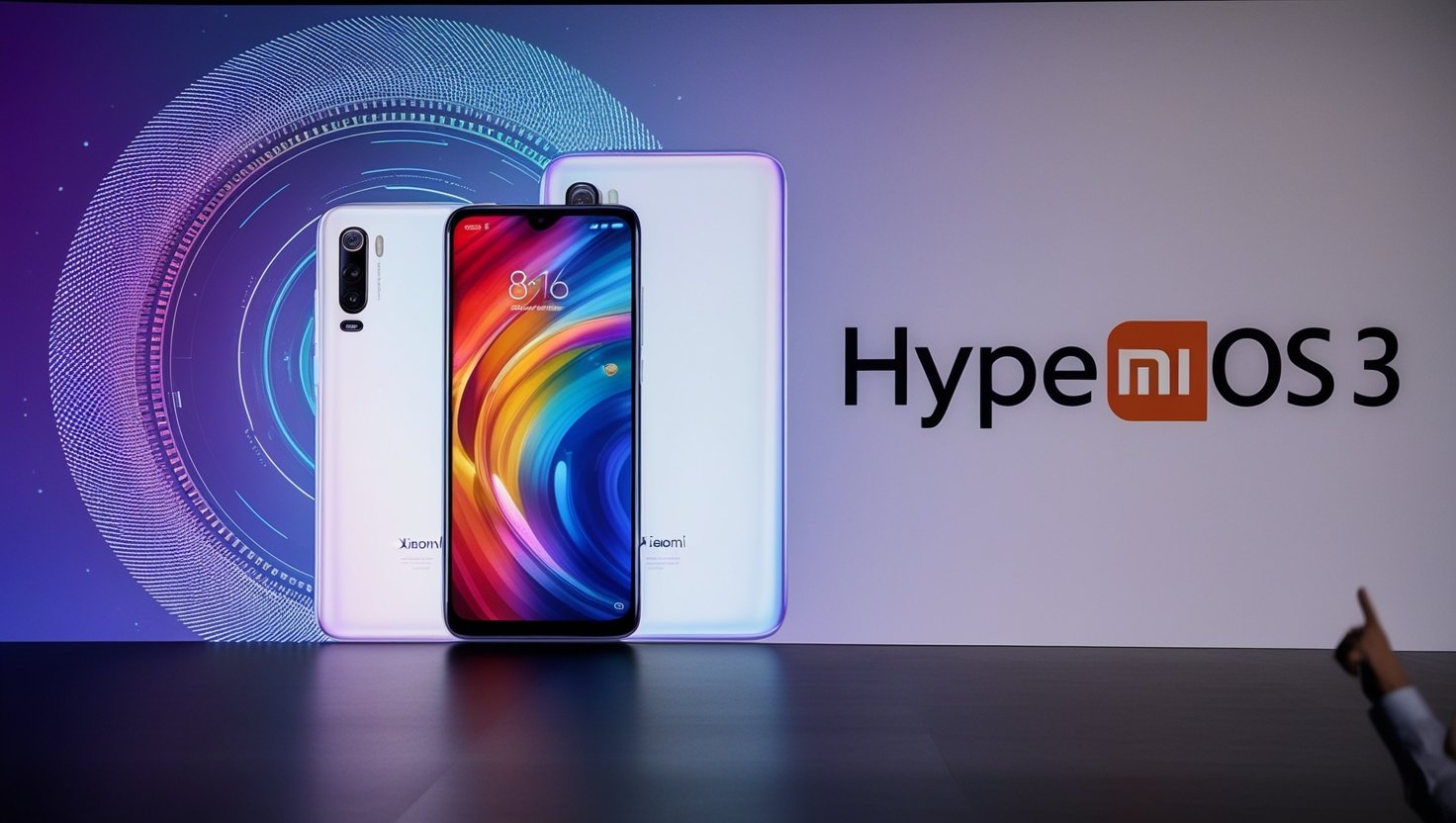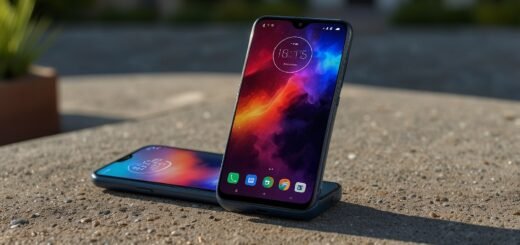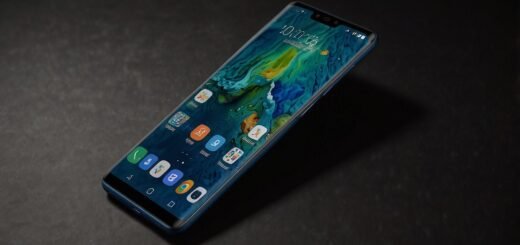Xiaomi’s HyperOS 3 Set to Redefine Android with Google-Free Vision in 2026

It has also been reported that Xiaomi is preparing a platform where its Android version might not rely on Google with the new HyperOS 3. This development was announced on August 6, 2025, at the height of U.S.-China trade issues, whereby the key Chinese smartphone makers have been seeking to find alternatives to Google Mobile Services (GMS).
With Xiaomi, one of the largest worldwide smartphone retailers, now on the verge of introducing HyperOS 3, the technological community is already buzzing with speculations about what it will mean to customers and the mobile industry at large.
Strategy as a Geopolitical Tension Response
The environment that could drive Xiaomi to change its future is due to new trading apprehensions, as was the case with Huawei under U.S. sanctions in 2019. Such sanctions prohibited Huawei from accessing Google applications and services, prompting the company to develop its HarmonyOS platform.
Amid rumors of comparable threats that may apply to Chinese companies, Xiaomi, as well as Oppo, Vivo, and OnePlus, are said to be considering an Android platform independent of Google as part of an effort to protect their international business. The next-generation operating system by Xiaomi, HyperOS 3 is reportedly the first step in this direction and some claim that it might diminish the use of the Google ecosystem.
The industry reports indicated that Xiaomi had taken an action plan under a contingent condition. Aimed at ensuring the company maintains its competitiveness in the global market, this firm, which enjoys a considerable market share in the country, outsmarted smartphone market rivals in Q1 of 2025.
The company could guarantee its customers constant access to apps and services by creating a form of Android that works without GMS, even when its customers are met with other trade barriers. This plan reflects Huawei’s switch to HarmonyOS, albeit it is not yet clear whether Xiaomi will completely revamp Android app compatibility or take a middle ground.
HyperOS 3: Function and Innovations
Specs on HyperOS 3 are not plentiful yet, but initial releases point to the appearance of more customization and performance optimisation. In contrast to its predecessor, HyperOS 2, which was centered on the incorporation of AI and the enhanced connectivity of devices, HyperOS 3 will give an emphasis to user control and ecosystem autonomy, as expected.
There have been rumors that Xiaomi is supplying alternative default apps to Google, including the dialer and maps, with its own or its Petal Maps in their place. This transition would provide a Google-free seamless experience to the Xiaomi platform, which has an overarching user base, especially in China, where Google services are already absent.
The operating system is expected also to utilize Xiaomi’s proprietary XRING chip, one spotted in devices such as the Xiaomi Pad 7S Pro, and provide improved performance and battery life. The achievements are part of a larger trend towards high-end hard tech at Xiaomi: in June 2025, the company unveiled the AI-based Xiaomi Smart Band 10 and the Smart Glasses. The incorporation of the latest hardware with the potentially autonomous OS allows Xiaomi to differentiate its market against such competitors as Apple and Samsung.
Market Impact and Consumer Implications
The exit of Xiaomi with GMS might have far-reaching implications. Xiaomi, Oppo, and Vivo make up a sizable chunk of the Android-based device sales in the world, with Xiaomi ranking in the top five in terms of overall worldwide shipments.
Such an ecosystem built on these brands would pose a threat to Google and could also diminish its hold on Android since the company has come under U.S. antitrust scrutiny over its approach to the app storefront. The implications of this change for consumers may include increased choice, but it could also lead to fragmentation due to app compatibility and user experience issues that vary by geographic location.
The critics argue that a departure from GMS could lead to the loss of international users who rely on Google products like Gmail and YouTube. However, Xiaomi’s robust homeland market and rapidly expanding global footprint suggest it may be able to overcome such difficulties with devices like Vivo X200 FE and TECNO Spark 40 Pro+, implying the contrary. The affordable and feature-rich products, such as those in the below 600 range of products promoted by the company, are still appealing to the cash-conscious consumers across the world.
Looking Ahead
With Xiaomi gearing up to unveil the next-generation HyperOS version, HyperOS 3, possibly along with its next flagship early in 2026, it is a matter of interest to the tech crowd. Will Xiaomi cut ties with Google completely, or will it continue having partial integration with global audiences, like Huawei? No one knows the answers; there is only one thing clear: Xiaomi’s strategic shift might change the face of Android and bring a vision of the future where Chinese companies will lead the innovation in mobile. In the meantime, HyperOS 3 could become a testament to Xiaomi’s ambition to remain an industry leader, even in its third youth.


